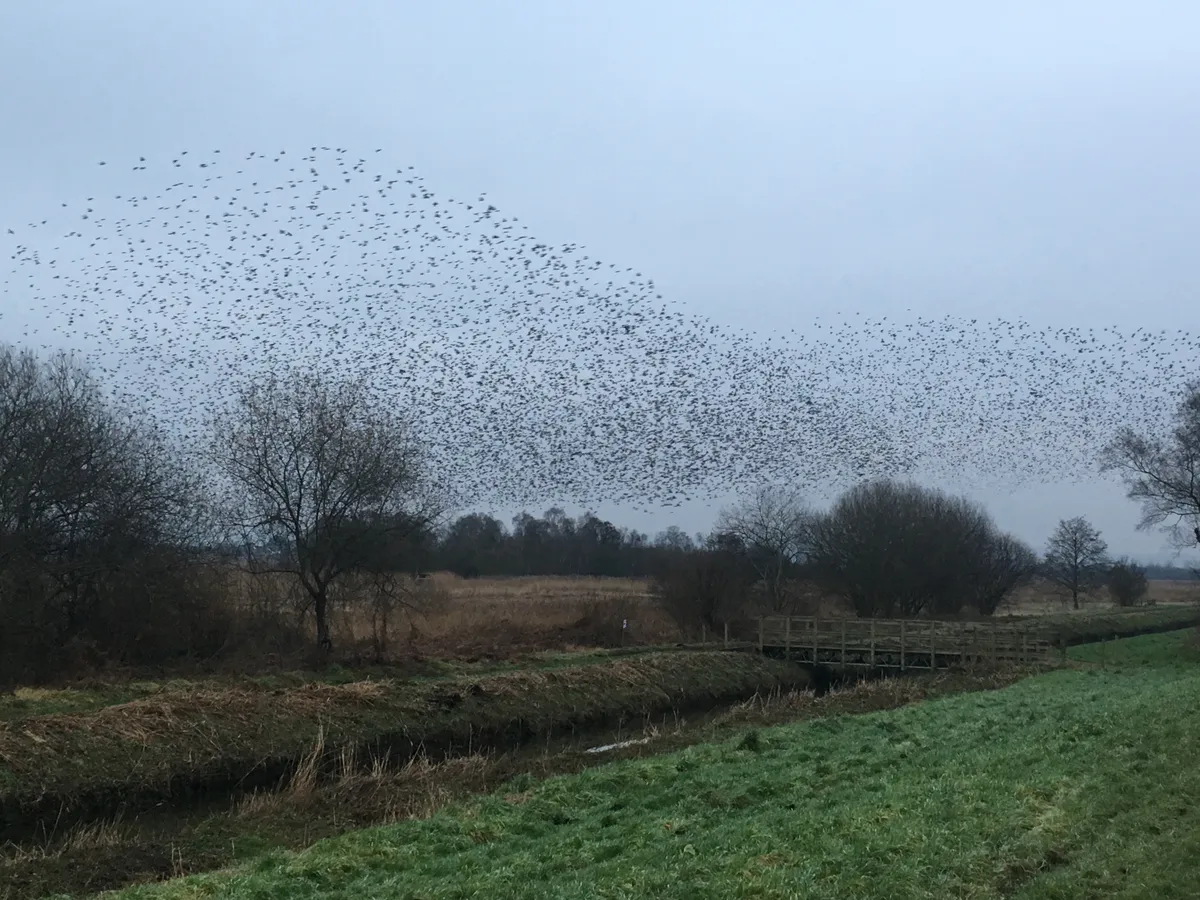The word murmur brings to mind a feeling of ebb and flow, of shape and sound drifting faintly around, sometimes through. In the natural world, such a sensation can be induced by an array of animals, not least the starling. Indeed, so rhythmic and hypnotic are the birds when they take flight at dawn and dusk, that their aerial acrobatics have adopted the most pertinent of names: murmuration.
Having recently joined the BBC Countryfile Magazine team as the new Editorial Assistant, I was delighted to learn that my second day on the job would involve a trip to the Somerset Levels, one of the best places in Britain to witness the starling murmurations.
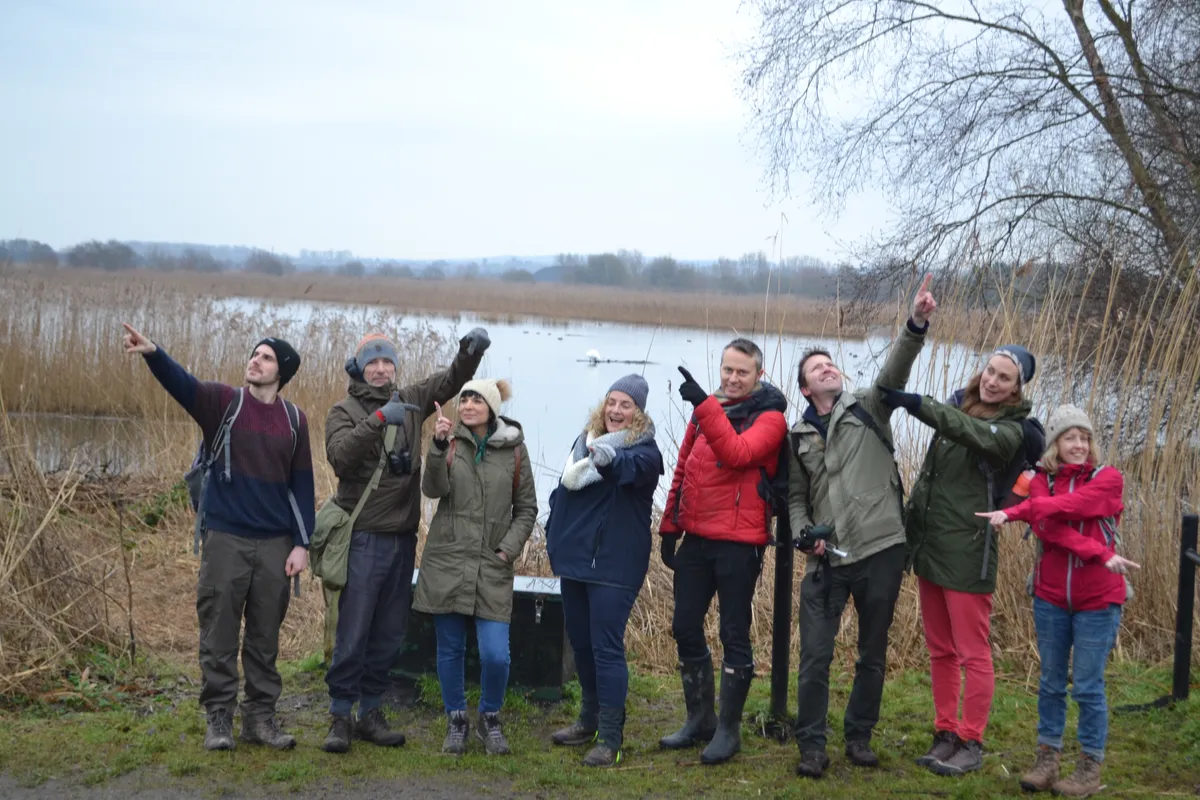
Following a hearty lunch at the Lazy Gecko Café in Glastonbury, we struck west, soon arriving at the RSPB’s Ham Wall, a wetland reserve established in 2009.
Wetland areas are one of the easiest habitats to create, often attracting wildlife within weeks of their establishment, and Ham Wall is no anomaly. From the electric-blue kingfisher and wading bittern, to various species of fowl, the reserve thrives with life.
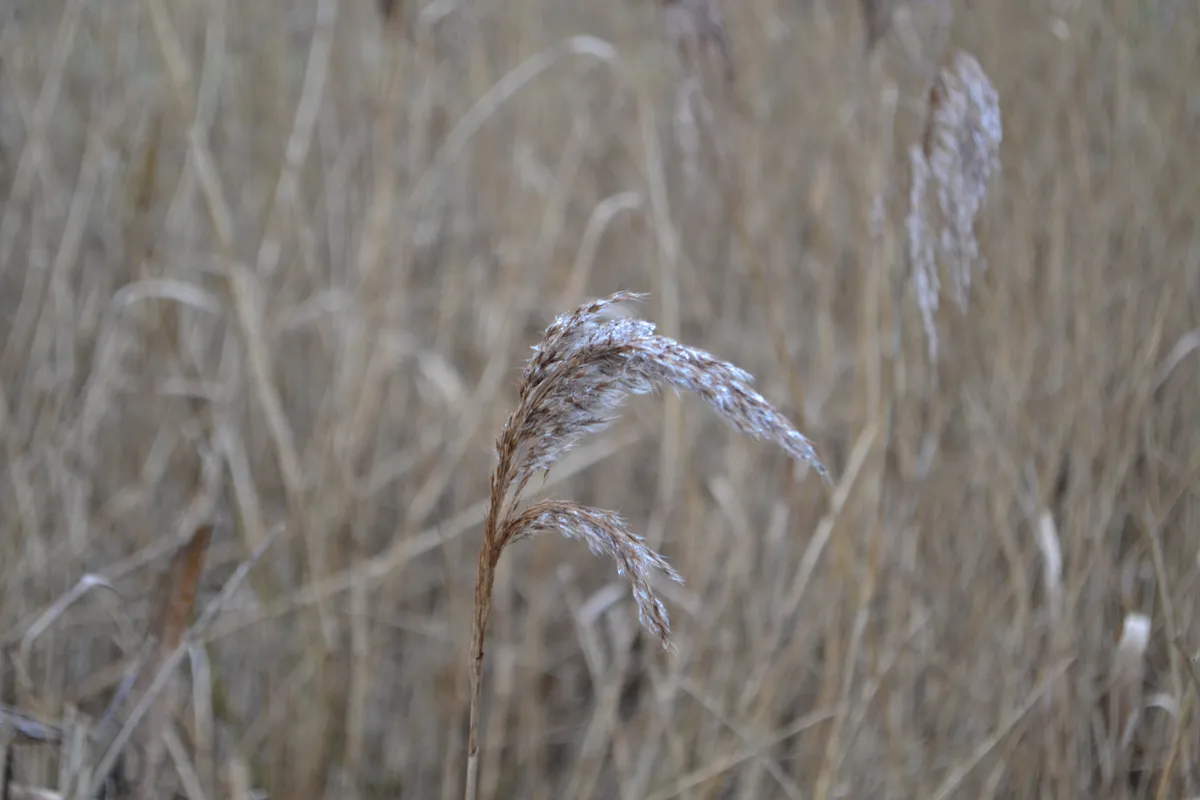
With Fergus, the magazine’s editor, leading the identifications, we walked into the wetland habitat along a series of footpaths and boardwalks. Huge freshwater mussel shells – their outer surfaces streaked lavender and bronze – smattered the banks of the myriad waterways, the molluscs hauled up by an unidentified hunter.
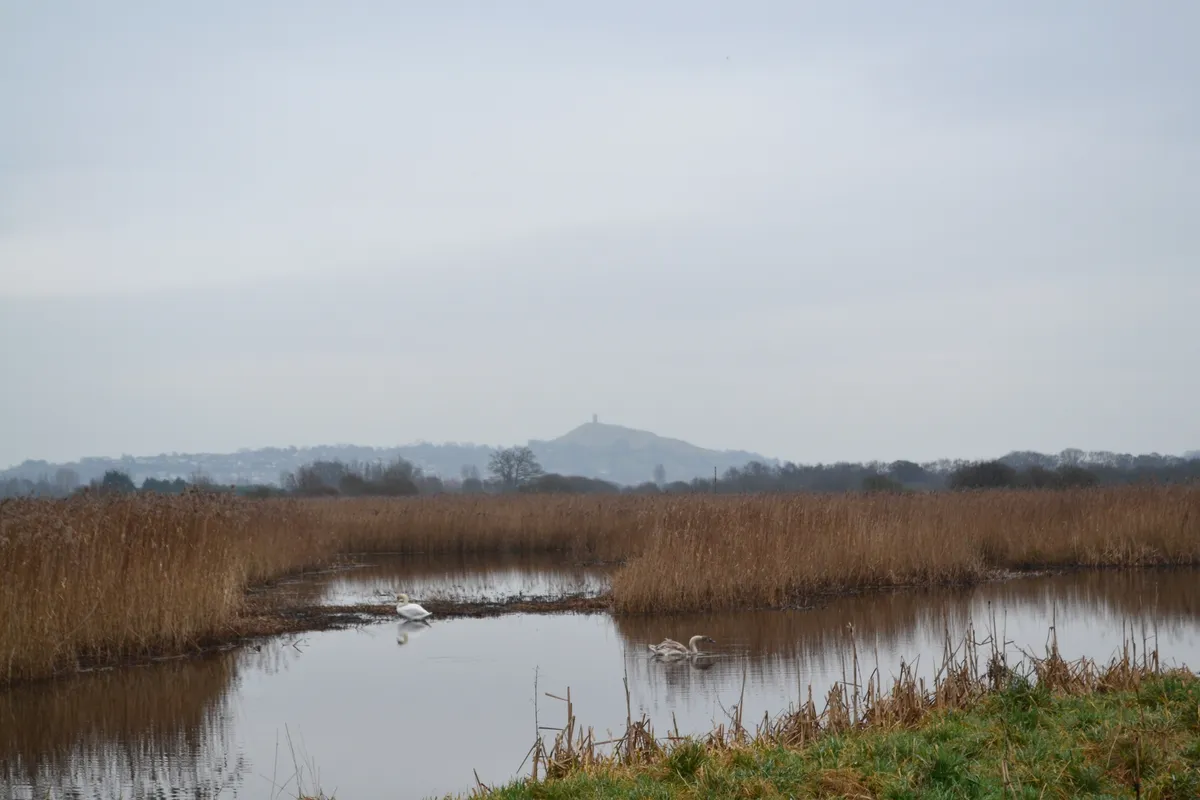
The vast tracts of water to the north and south of the reserve’s primary canal sang with birdcall – first a coot, noisy and quarrelsome, then a gadwall, a little grebe, and finally the groans and squeals of the elusive water rail. Often all that is known of a water rail is its energetic vocals, for much of its life is spent hidden in the reedbeds.
Fuelled by a bar of hazelnut chocolate shared between the team, we ventured to a bird hide in the northern fringes of the wetlands. A gentle breeze blew, and the thick mist that had welcomed us to the Somerset Levels earlier in the day gave way to expansive views.
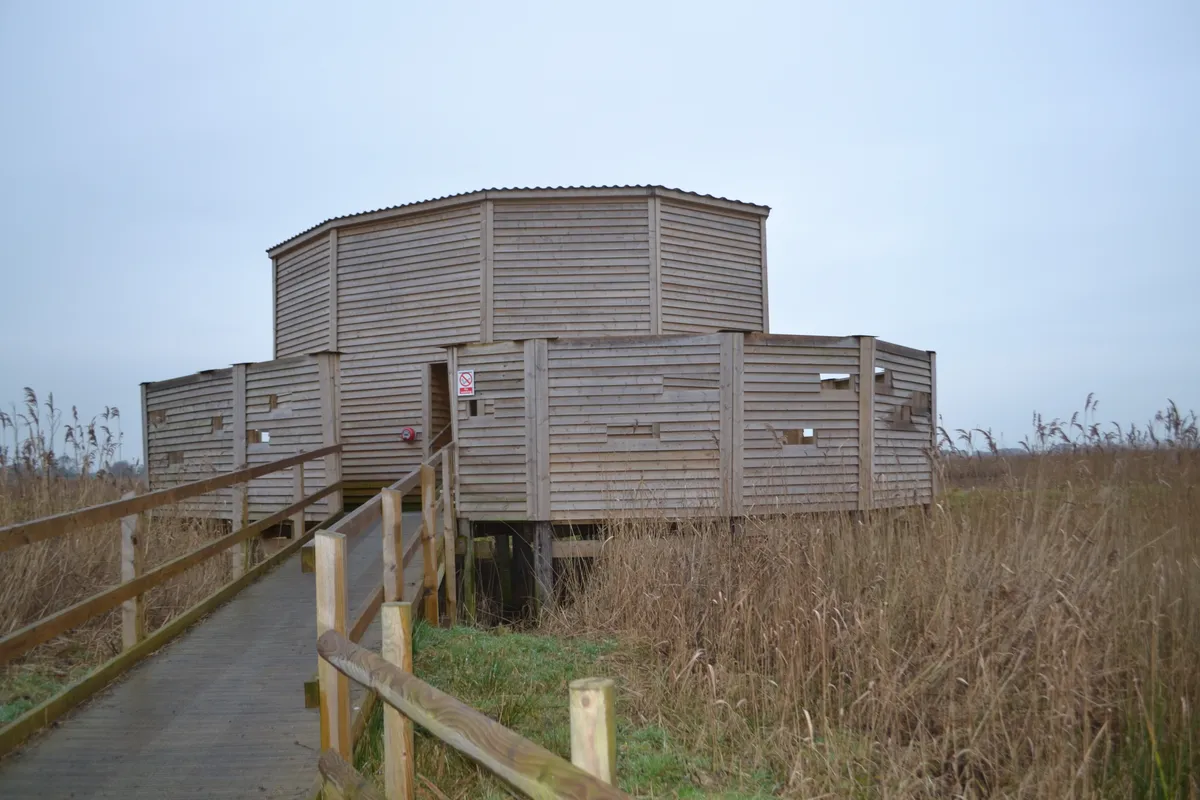
A great egret dropped from the sky, landing in a half-obscured channel between the reeds. With its eyes to the water and body poised, I waited for the bird’s attack. Yet, so bountiful are the waters of Ham Wall that my attention was stolen long before the angler struck, three marsh harriers harassed into flight by a murder of courageous crows.
With such commotion before us, we nearly missed the first mist of starlings as they danced across the sky. Close up, starlings shimmer with subtle, metallic hues – emerald and sapphire upon charcoal-black feathers – but from afar they are silhouettes, easily identifiable as their short, triangular wings beat rapidly through the air.
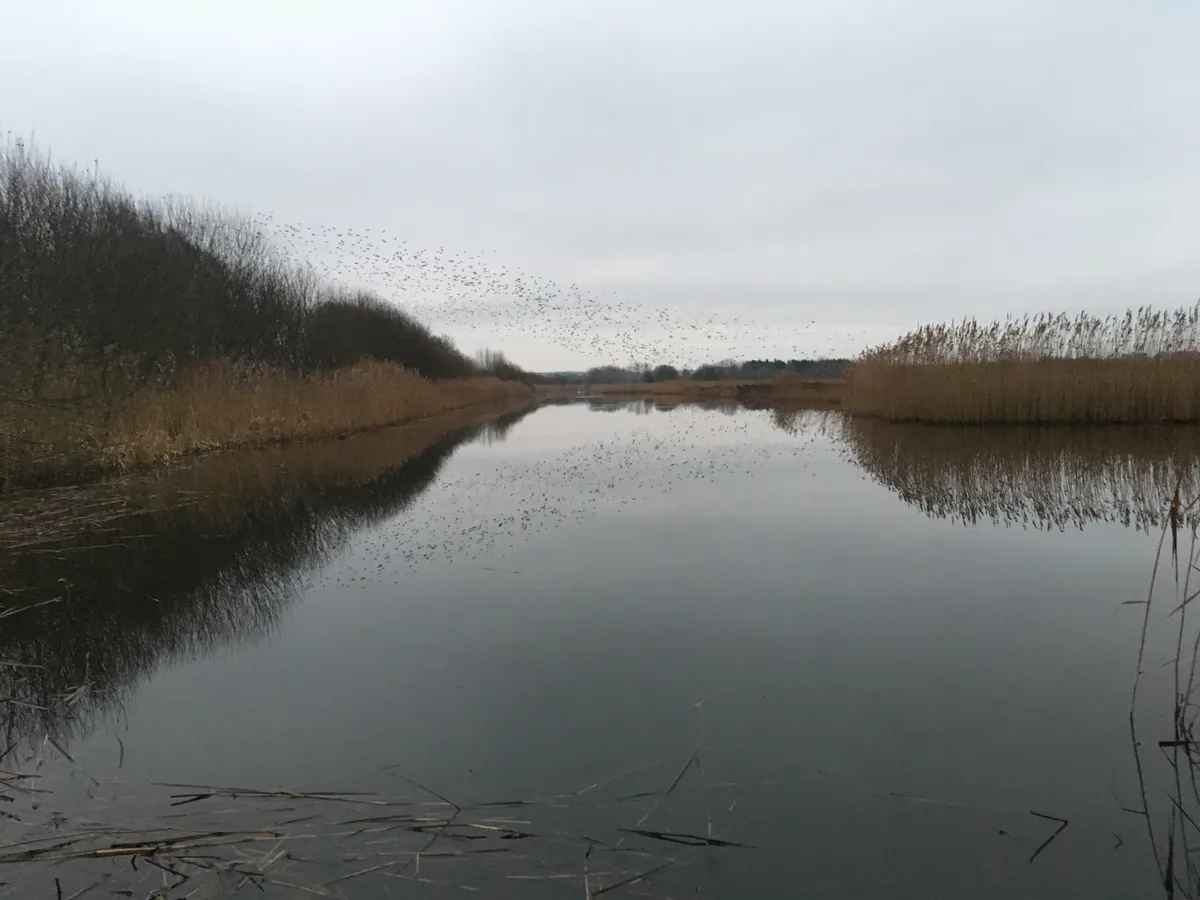
Soon there were thousands, the cacophony of wings against bodies enthralling. I was taken by the dynamism of the spectacle, the flock shifting by the second, at one moment bound tight into a ball, the next stretched thinly across the sky. Coming to rest in a patchwork of reedbeds to our south, the influx of birds appeared endless. It wasn’t until dusk took charge that the aerial display gradually began to wane.
